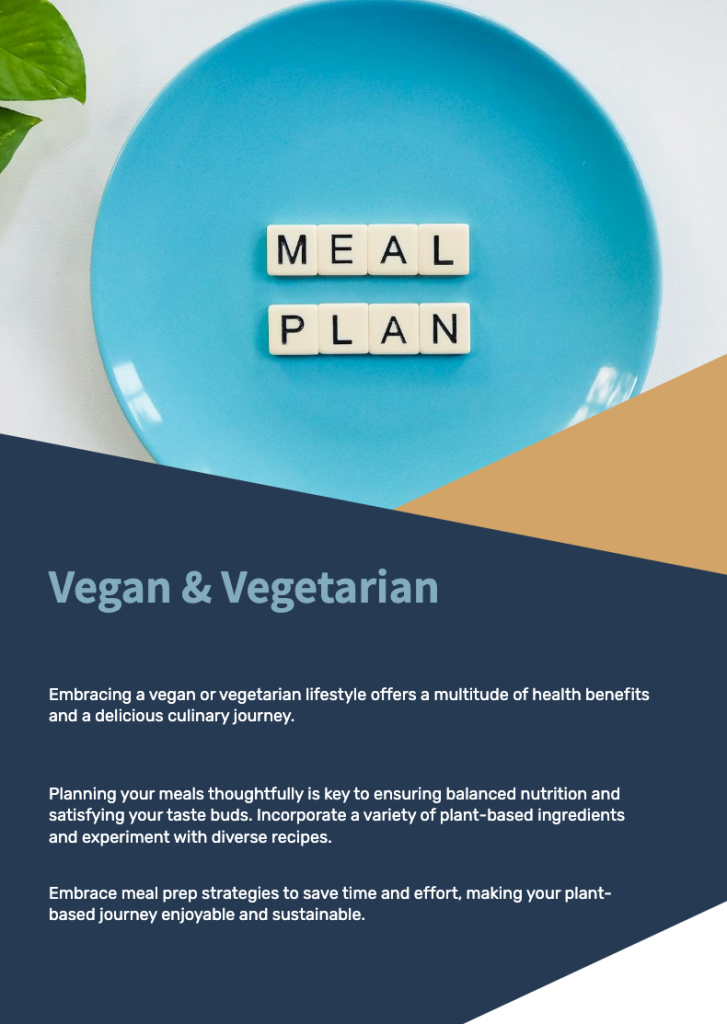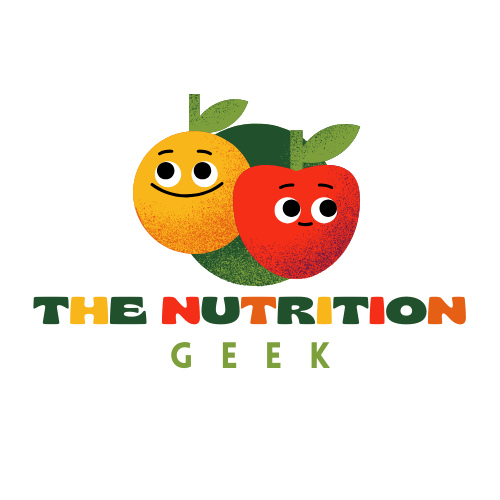Going Green for Health, Ethics, and the Planet
Plant-based diets are booming, and for good reason: Studies show vegans and vegetarians have lower risks of heart disease, diabetes, and certain cancers. But transitioning to a meat-free lifestyle can feel daunting. Here’s how to thrive—without missing out on flavor or nutrition.

Key Benefits of Plant-Based Diets
- Heart health: Diets rich in legumes, nuts, and whole grains reduce LDL cholesterol.
- Weight management: Plant-based eaters often have lower BMI scores.
- Sustainability: Producing plant foods generates fewer greenhouse gases than raising livestock.
Solving the Protein Puzzle
“Where do you get your protein?” is the #1 question plant-based eaters hear. Luckily, plenty of options exist:
- Legumes: Lentils, chickpeas, and black beans (15–18g protein per cup).
- Tofu and tempeh: Versatile soy-based proteins (10–20g per serving).
- Quinoa and seitan: Complete proteins that rival meat.

Avoiding Nutrient Gaps
- Vitamin B12: Found only in animal products, so opt for fortified foods or supplements.
- Iron: Pair spinach or lentils with vitamin C-rich foods (like bell peppers) to boost absorption.
- Calcium: Choose fortified plant milks, tofu, or kale.
Sample Day of Plant-Based Eating
- Breakfast: Oatmeal with almond butter, chia seeds, and berries.
- Lunch: Quinoa salad with roasted veggies and tahini dressing.
- Dinner: Lentil curry with brown rice and steamed broccoli.
- Snack: Hummus with carrot sticks or a handful of nuts.
Final Thoughts
Whether you’re ditching meat for health, animals, or the planet, a plant-based diet can be delicious and nutritious. Start with one meatless meal a day and experiment with new recipes. Your body—and the Earth—will reap the rewards.

